Best Dam Job
Best Dam Job
14 PNNL Researchers Share Their
Role in Advancing Hydropower
14 PNNL Researchers Share Their
Role in Advancing Hydropower
The Columbia River flows more than 1,200 miles from Columbia Lake in British Columbia, to where it meets the mouth of the Pacific Ocean in Astoria, Oregon. Along the Columbia River, aptly dubbed the Mighty Columbia, are 14 federally-owned hydropower dams. These 14 dams generate an average of 8,664 megawatts of electricity every year—enough to provide power to three million homes.
Hydropower generates electricity when water is released from a reservoir, flows through a turbine, and triggers a generator. In addition to supplying electricity, hydropower offers important services, including flood control, transportation, and recreation.
Behind the scenes, the hydropower industry relies on the work of researchers in the fields of biology, engineering, materials science, and cybersecurity to advance this clean, renewable energy resource.
As part of Waterpower Week, Pacific Northwest National Laboratory is featuring 14 of the national laboratory’s 100 hydropower researchers who are passionate about maintaining a reliable, resilient electric grid. We’re sharing why they feel they have the best dam job.
Biologists | Materials Scientists | Electrical Engineers | Mechanical Engineers | Cybersecurity Engineers | Earth Scientists
Biologists
Alison Colotelo
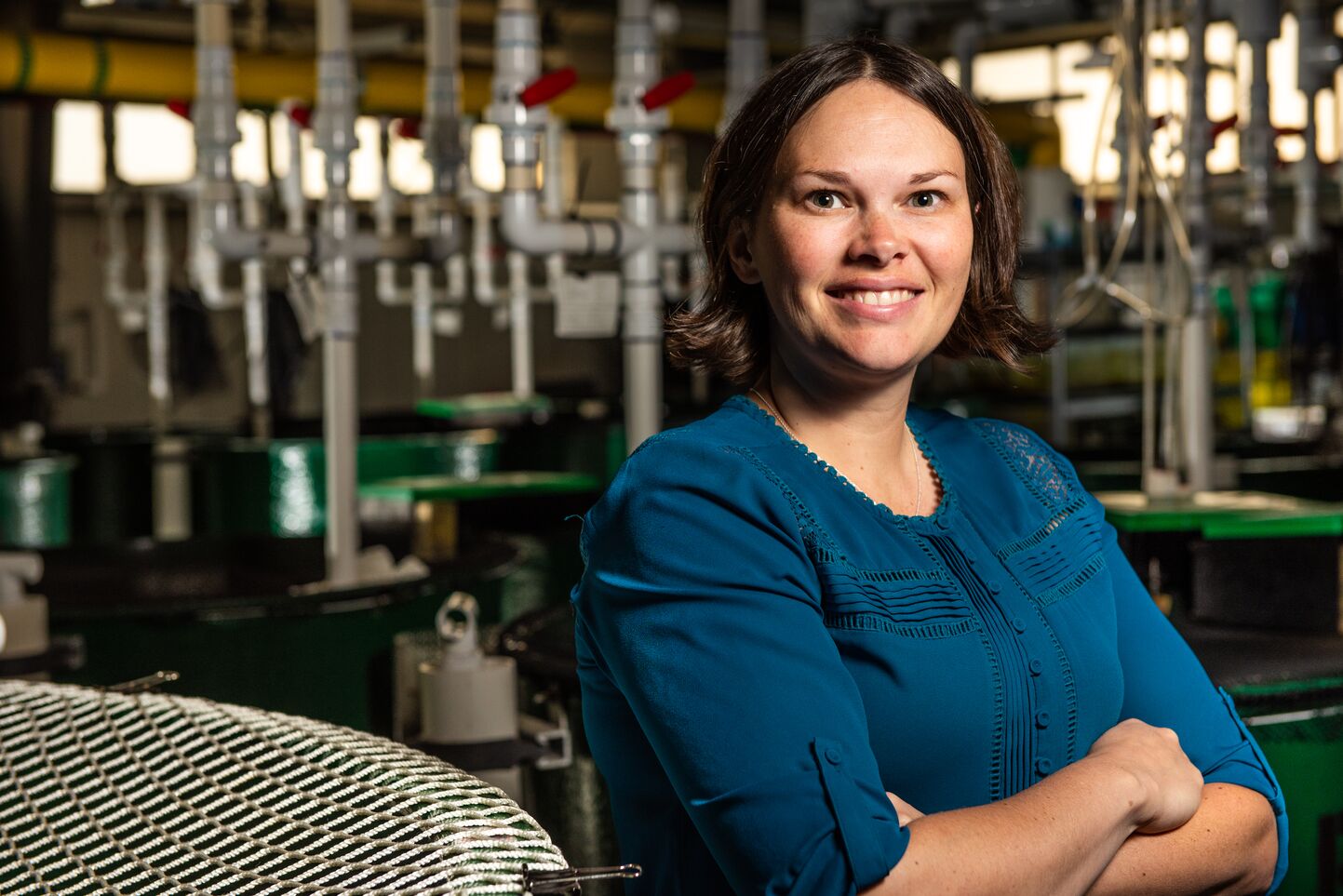
I have the best “dam” job because…
I am constantly learning new things and working with multi-disciplinary teams to solve tough problems.
How does your research impact hydropower?
My work supports the operation of hydropower as a renewable source of electricity. Much of my research has provided information on how hydropower operations affect fish populations and how we can reduce those effects.
Tell us a cool hydropower fact.
Hydropower is just energy harnessed from falling water. A common image of hydropower is a large impoundment like Grand Coulee Dam, but there are many different types of hydropower, including in-conduit, pumped storage, and run-of-river.
Tell us about a time you felt like a hero at work.
My research lands at the intersection of environmental stewardship and energy generation, which is often a contentious place. Some of my favorite days are those when I can communicate the science that we are doing in a way that demonstrates that balance between the two is possible.
What advice do you have for students who want to work in hydropower research and development?
The best way to truly engage in hydropower research and development is by finding opportunities to do it. There are great internships available, through the national laboratories and elsewhere, where students can immerse themselves in the research that will inform the future of hydropower.
Brett Pflugrath
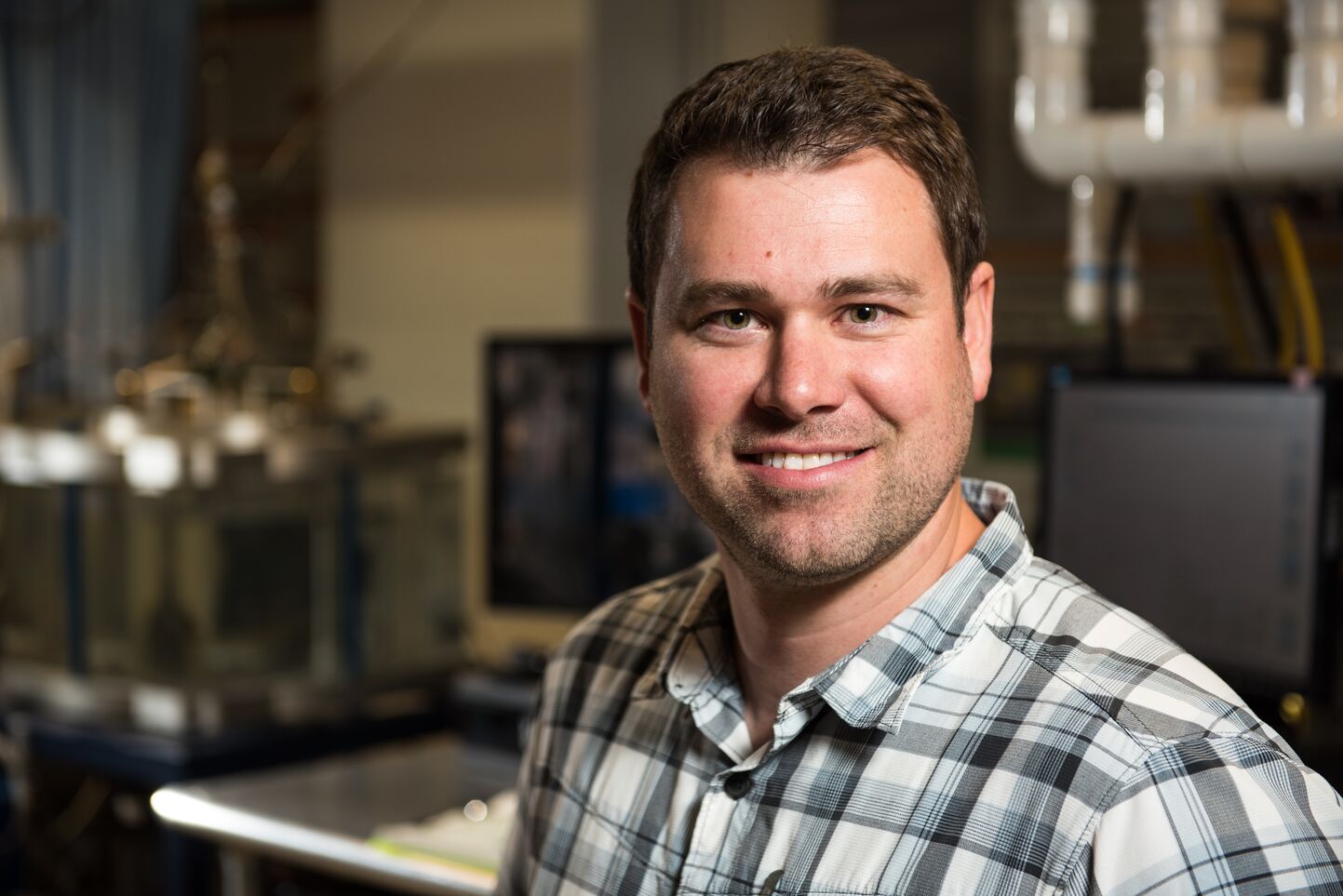
I have the best “dam” job because…
Every day can be a new adventure—whether it is conducting field projects in remote areas all over the world, working in high tech laboratories, or developing new technology that is used for the next study.
How does your research impact hydropower?
My research helps hydropower turbine developers set criteria for reducing stressors that fish may encounter when passing through turbines, and ultimately reduces the chances that fish may be injured if they pass through a hydropower dam.
Tell us a cool hydropower fact.
Being struck by turbine blades is one of the more common stressors that can occur to fish during turbine passage, but there are also several other stressors, including rapid decreases in pressure or quick changes in water velocity.
Tell us about a time you felt like a hero at work.
When we were releasing and recapturing fish at a hydropower facility, I was able to tell that our fish release system was malfunctioning by examining the fish after they were recaptured. If I had not identified this, the testing would have continued with the faulty release system and these injuries would have been wrongly attributed to the turbine. This would have instead resulted in a different outcome since the turbine was found to pass fish without causing injuries.
What advice do you have for students who want to work in hydropower research and development?
There are so many different fields of study that are applied to hydropower research and development; find which one you enjoy best and go for it.
Jill Janak
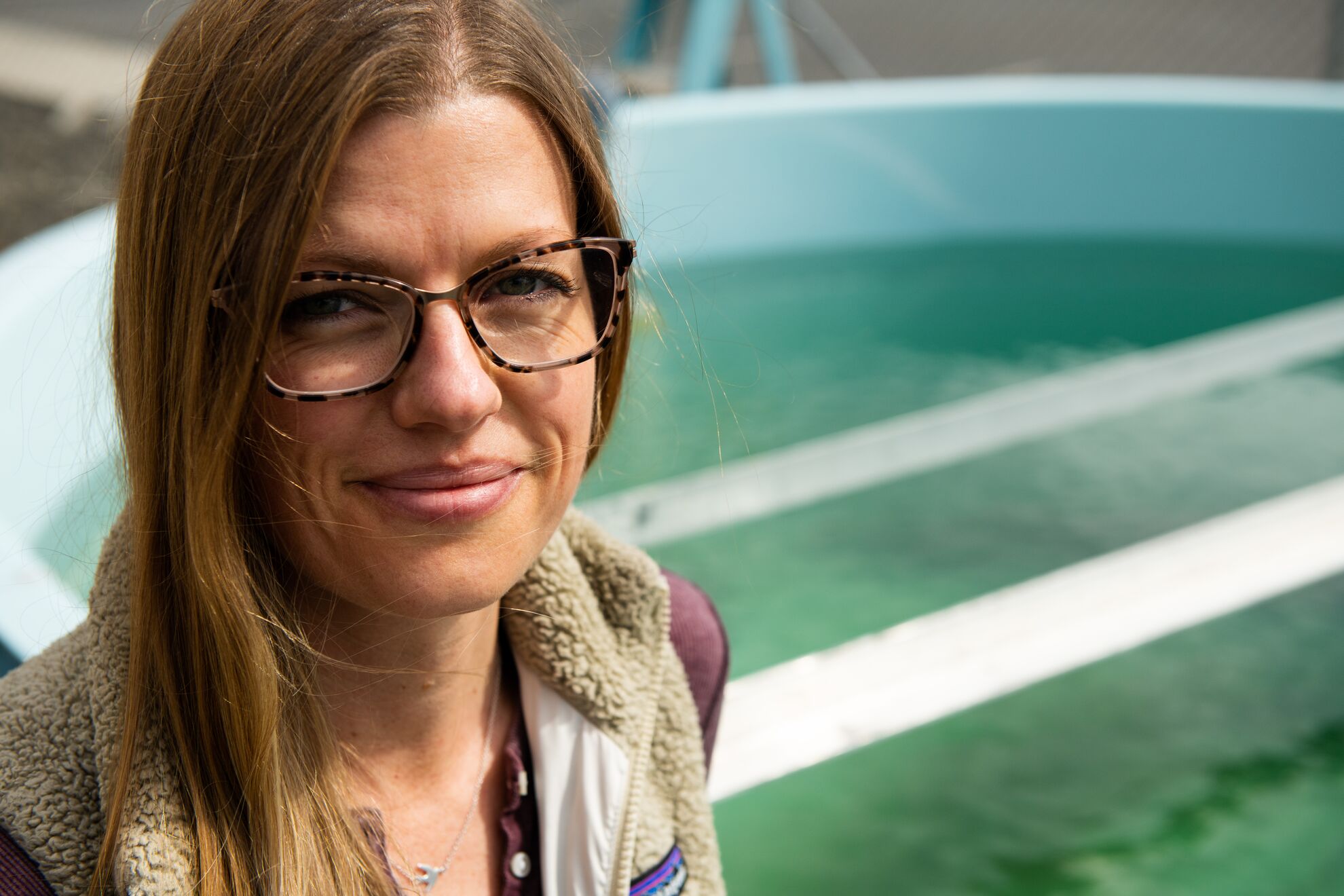
I have the best “dam” job because…
I get to work on so many different kinds of projects around hydropower and fish ecology that it never gets boring. Whether I’m tagging fish at a dam or studying fish in a laboratory, it’s always interesting work and I feel very fortunate to have this career.
How does your research impact hydropower?
My research focuses on understanding how hydropower affects fish and fish populations. We study what happens to fish when they pass through turbines, what the survival rates are for juvenile salmon as they migrate through several dams on their way to the ocean, and how dams affect the way fish use their environment. We use this information to work towards making hydropower more sustainable for fish populations.
Tell us a cool hydropower fact.
Snake River salmon and steelhead have to pass through as many as eight dams on their 800 mile journey from the ocean to Idaho to spawn!
Tell us about a time you felt like a hero at work.
I feel like a hero every time I give a tour of our Aquatic Research Laboratory and share all the cool research we do. I love to see people so engaged and excited about fish and it reminds me how important our work is.
What advice do you have for students who want to work in hydropower research and development?
Do it! There will always be a need for energy and there will always be a need to protect the environment and our wildlife. Developing better renewable and sustainable energy sources is so important for the future of our planet and we need the next generation of students who are passionate about sustainability and the environment to keep pushing the science forward.
Biologists | Materials Scientists | Electrical Engineers | Mechanical Engineers | Cybersecurity Engineers | Earth Scientists
Materials Scientists
Jie Xiao

I have the best “dam” job because…
My team has been successfully developing and delivering hundreds of microbatteries for fish tags every year for over the last ten years.
How does your research impact hydropower?
I created a microbattery that is used to power acoustic tags that study how fish behave near turbines at dams and other hydropower structures. The microbattery allows a fish tag to be directly injected into the bodies of fish instead of surgically implanted. The data collected by miniaturized sensors provides information about fish passage at dams, leading to better dam designs.
Tell us a cool hydropower fact.
Fish tags were found in bird poop and the microbattery was still intact, even when it was transferred from the fish to the bird.
Tell us about a time you felt like a hero at work.
I feel like a hero every day. The microbattery I created for the fish tags is collecting valuable data that could save the lives of hundreds of millions of salmon in the future.
What advice do you have for students who want to work in hydropower research and development?
Stay curious and learn from other researchers who work in or outside your own field.
Curtis Larimer

I have the best “dam” job because…
Every day is different and exciting. It’s really fun to take on new challenges and try to solve really tough problems.
How does your research impact hydropower?
Invasive mussels have a large impact on hydropower. They can grow so densely that they block water intakes and impact other structures. The cleanup and maintenance costs are high. My research is on coatings that could prevent mussels from sticking without resorting to toxic compounds.
Tell us a cool hydropower fact.
Zebra mussels were first introduced into North American waterways in the mid-1980s and they have now spread to 22 states and two Canadian provinces.
Tell us about a time you felt like a hero at work.
Our work to prevent growth on hydropower structures is also applicable in other fields. We started adapting the same technology so it could be applied to protective equipment like gloves and gowns in hospital settings. We have extra motivation knowing that this could help keep healthcare workers safe.
What advice do you have for students who want to work in hydropower research and development?
I work with biologists, chemists, computer scientists, and other materials scientists (like me). Some of the best advancements have happened because people with different technical backgrounds worked together.
Biologists | Materials Scientists | Electrical Engineers | Mechanical Engineers | Cybersecurity Engineers | Earth Scientists
Electrical Engineers
Abhishek Somani

I have the best “dam” job because…
I get to be on the front lines of our nation’s efforts to transition to a clean energy future. Our work influences national- and state-level policies and regulations.
How does your research impact hydropower?
I evaluate the changing value drivers in our rapidly evolving power system. These value drivers impact every aspect of hydropower, including operations, planning, and technological innovations.
Tell us a cool hydropower fact.
Hydropower is often the biggest source of grid reliability services in the Western U.S. electric grid.
Tell us about a time you felt like a hero at work.
Hydropower research is very multi-disciplinary. I have led multiple teams spanning many disciplines across multiple national laboratories. I was part of a recent collaboration on hydropower’s abilities to provide essential grid reliability, which earned a best paper award.
What advice do you have for students who want to work in hydropower research and development?
The power grid is changing rapidly, so the way we operate hydropower is likely to change as well. Hydropower, however, will continue to play an important role in our country’s transition to a clean energy future. We should brace ourselves for the change and prepare adequately to make sure the transition is as seamless as possible.
Jun Lu
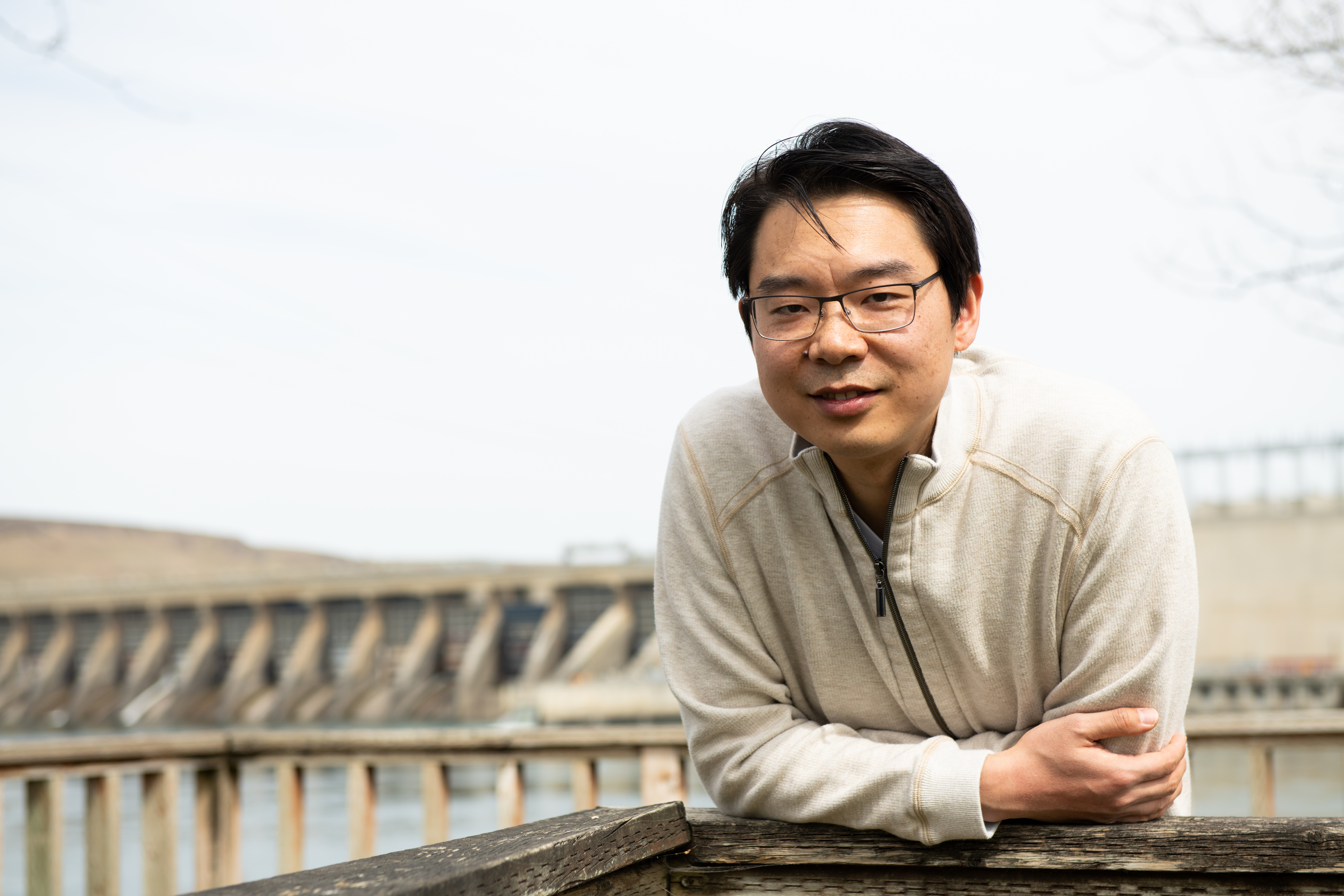
I have the best “dam” job because…
I get to develop new and advanced technologies to study the environmental impact of hydropower, which helps protects endangered species of fish.
How does your research impact hydropower?
I develop environmental sensors that help dam owners and operators understand how fish are impacted by dams and improve the design of hydraulic structure. These improvements are helping the hydropower industry to generate power more efficiently.
Tell us a cool hydropower fact.
Most people don’t know that there is another type of hydropower technology called pumped storage. This type of hydropower stores energy by pumping water from a lower reservoir (lower elevation) to a higher reservoir (higher elevation). To generate electricity, the water is released and turns a hydroturbine to generate electricity.
Tell us about a time you felt like a hero at work.
I feel proud of the work I do every time I solve a difficult engineering problem, file patents for our technologies, and publish research that will help advance the hydropower industry.
What advice do you have for students who want to work in hydropower research and development?
Find an internship. This will give you an insight on the type of work researchers do in this field and ultimately help you decide if this job is for you or not.
Biologists | Materials Scientists | Electrical Engineers | Mechanical Engineers | Cybersecurity Engineers | Earth Scientists
Mechanical Engineers
Kyle DeSomber
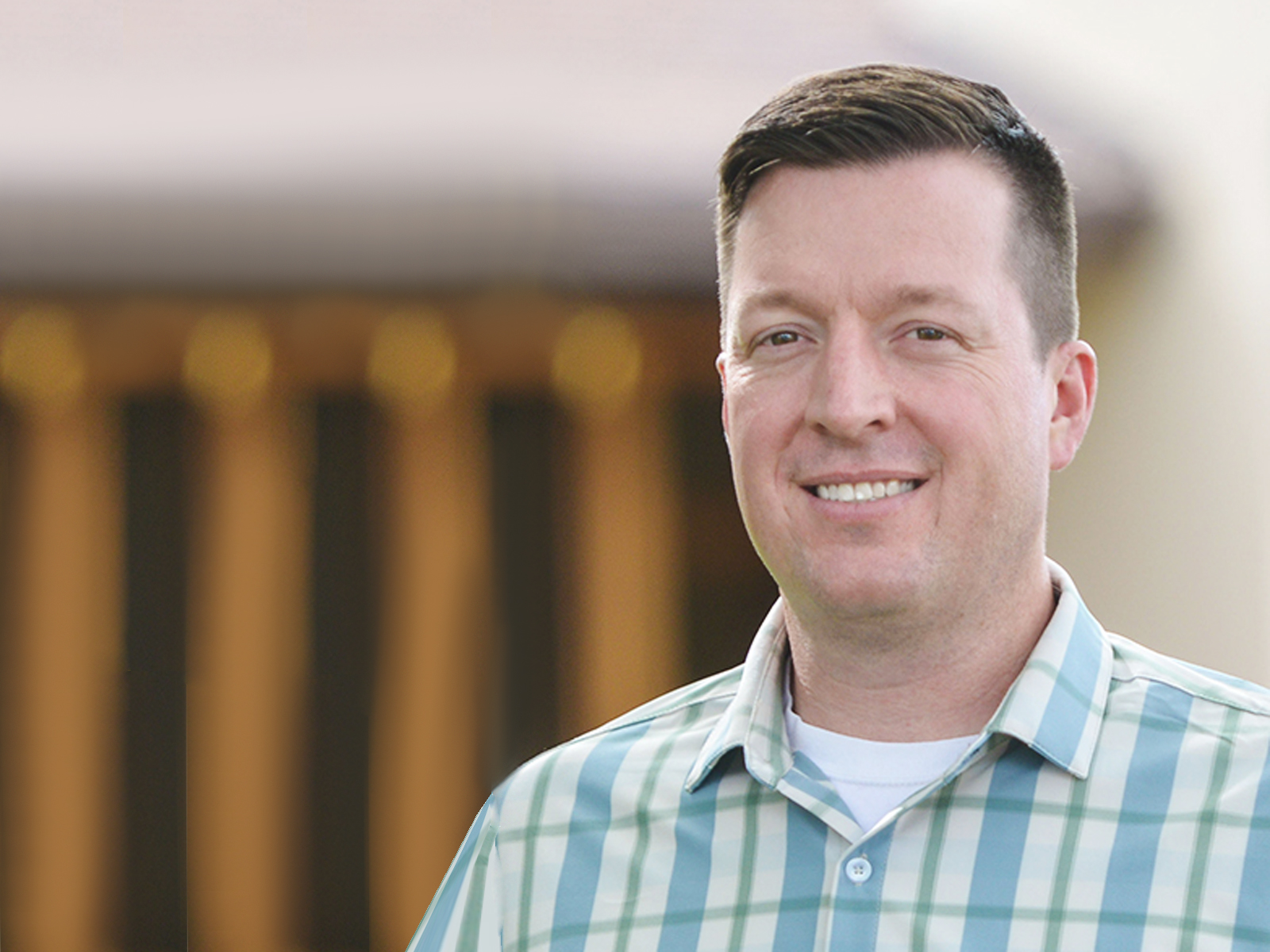
I have the best “dam” job because…
I have the best dam job because of the challenges. We are at the intersection of power generation, economics, ecosystems, climate, and life. Hydropower is being called on to do more and perform in ways that weren’t imagined when it was constructed. I’m optimistic that through our work we can find solutions and leave the world a better place.
How does your research impact hydropower?
My hope is that I'll be able to bring industry experiences and combine it with the expertise and knowledge at PNNL to evolve hydropower and energy production to a new future of diversity, flexibility, and reliability.
Tell us a cool hydropower fact.
Many turbines originally used wood bearings lubricated with water. Lignum vitae (ironwood) is still used in turbines today. There are even cases of original bearings, much older than you or me, still operating in some of the oldest powerhouses in the nation. These powerhouses are a museum of our past successes dating back to the battles fought between Thomas Edison, Nikola Tesla, and George Westinghouse.
Tell us about a time you felt like a hero at work.
The first time I felt like a hero was after a hoist failure on one of our upstream fish passage systems. I quickly designed and analyzed a temporary hoist system using parts we had in the warehouse so our team could remove a gate and manually control attraction flows for the rest of the fish migration season.
What advice do you have for students who want to work in hydropower research and development?
Always follow your interests. If it's a long path, that's OK. Experience life, you never know where your path will lead.
Chris Smith

I have the best “dam” job because…
I have the opportunity to work on leading-edge research that can have a significant, positive impact on our energy infrastructure. Our efforts can help to ensure a reliable and continued source of electricity, as well as help reduce electricity costs.
How does your research impact hydropower?
Turbines often erode slowly over time. Repairing turbines means they are often taken out of service. I’m developing technology, called cold spray, that repairs turbines erosion without taking hydropower plants out of service for repairs. With cold spray, metal powder is sprayed onto a surface at such a high velocity that it sticks to the surface.
Tell us a cool hydropower fact.
Washington State has over 70 percent of its electricity supply produced by carbon-free hydropower.
Tell us about a time you felt like a hero at work.
We were able to demonstrate a four times improvement over the bare metal and an eight times improvement over the current repair process. Something like this is very exciting and satisfying as it suggests that your project has a real impact on the world.
What advice do you have for students who want to work in hydropower research and development?
They hydropower industry provides a wide range of opportunities. My advice is to find a skill that you can excel at and enjoy, and there is likely a place in the hydropower industry at some level for you.
Osman Ahmed

Finish this statement: I have the best “dam” job because…
I am a mechanical engineer, but what drives me daily is my passion for innovation. My job is to set a new trajectory that can create exceptional value for energy sectors through innovation. I am very humbled to co-lead a foundational project funded by the U.S. Department of Energy. The project is designing a “Digital Twin”—a near real-time, virtual plant—that mimics a real hydropower plant.
How does your research impact hydropower?
Currently, I am focusing on innovation through digitalization. Digital Twin is a virtual factory where the main two ingredients are human knowledge and data. In the case of a hydropower plant, imagine a Digital Twin that operates virtually and simultaneously with a real plant. It can predict problems with the real plant long before it happens and can get it fixed, saving money and preventing shutdowns.
Tell us a cool hydropower fact.
During last Thanksgiving weekend, my family and I visited Grand Coulee Dam, not too far from Richland, Washington where I live. We are from Chicago, so it was my first time being close to a dam like Grand Coulee. It was an overpowering experience. It is the largest dam in the U.S. in terms of power generation and one of the largest in the world.
Tell us a time you felt like a hero at work.
Every day I feel like a hero because I am free to imagine. I have tremendous opportunities to transform my dreams into reality by solving a myriad of challenges, such as sustaining our precious planet and serving humanity by addressing vexing challenges in energy, water, housing, and food.
What advice do you have for students who want to work in hydropower research and development?
The hydropower industry requires young and talented brains, along with cool technologies of the future. For example, you can literally play with Digital Twin in order find solutions so that fish and other aquatic lives can be protected, the environment can be sustained, or hydropower plant can supply renewable source of energy to more homes but affordably.
Biologists | Materials Scientists | Electrical Engineers | Mechanical Engineers | Cybersecurity Engineers | Earth Scientists
Cybersecurity Engineers
Marie Whyatt

I have the best “dam” job because…
I’m doing important work that positively impacts my family and community, and I get to do it alongside smart, capable professionals from many different fields who are fun to work with.
How does your research impact hydropower?
As a cybersecurity engineer, I feel proud that my work improves the cybersecurity posture of important hydro devices and equipment. I get to help protect our nation’s dams by keeping bad guys out of our industrial control systems and keeping the dams working normally with the electricity flowing.
Tell us a cool hydropower fact.
Did you know there are over 80,000 dams in the U.S.? About 2,500 provide electric power to our homes, businesses, and factories. Dams serve other purposes, as well—flood control, irrigation, environmental protection, and recreation
Tell us about a time you felt like a hero at work.
I felt like a hero at work when I completed a step-by-step guide for helping operators at a hydro facility know how to respond to a cyberattack if one is happening, and how to recover from a cyberattack afterward.
What advice do you have for students who want to work in hydropower research and development?
Now is a terrific time for students to consider hydro as a profession where they could have a serious, meaningful career that affords a comfortable living wage. Our nation’s hydro professionals are aging, and not enough young people are entering hydro professions. That needs to change!
Darlene Thorsen

I have the best “dam” job because…
It is exciting to review and study current and trending cyber threats to determine how we can stop nefarious actors from affecting our dams, the energy they generate, and the waterways they rely on.
How does your research impact hydropower?
I evaluate hydropower systems across the nation to both protect electronic systems from a cyberattack and to keep dams generating energy.
Tell us a cool hydropower fact.
Dams are like snowflakes. No two dams are alike anywhere in the United States. Each one is uniquely designed, managed, and built for multiple purposes.
Tell us about a time you felt like a hero at work.
Hackers are constantly trying to come up with new ways to break into electronic systems to do harm and affect our nation’s critical infrastructure. It’s like a whack-a-mole effort to plug a hole in our defenses. However, by looking at a problem differently by protecting critical systems based on the worst potential outcome, we can cut off an attacker. Instead of plugging holes, we are limiting them from actions that cause harm.
What advice do you have for students who want to work in hydropower research and development?
Educate yourself on how hackers break into operational technology systems. Once you have an idea on how hackers work, you can participate in cyber activities—a fun game for building your cyber skills.
Biologists | Materials Scientists | Electrical Engineers | Mechanical Engineers | Cybersecurity Engineers | Earth Scientists
Earth Scientists
Nathalie Voisin

I have the best “dam” job because…
I can work on a diverse range of integrated water-energy-economics complex problems, from both industry and academic lenses, along with a team of brilliant and passionate researchers and industry partners.
How does your research impact hydropower?
My research addresses how changes in water and other environmental resources may guide the energy sector transitions across decision-making scales, with a focus on co-resilience.
Tell us a cool hydropower fact.
Settlers used to migrate where water was. Hydropower is where water is and provides electricity, among other river services, such as flood control, storage, and water delivery. Local hydropower resources and benefits have expanded beyond local boundaries with the globalization of agriculture exports and integration of wind and solar resources in more arid regions. Most people see a recreational lake, or reservoir, without realizing the coordination to constantly enhance the value of each cubic meter to the society.
Tell us about a time you felt like a hero at work.
I recently worked on a case study where understanding the intricacies of energy and water security, from co-management to institutions to economics, was needed. I felt like the right person at the right place making a constructive difference.
What advice do you have for students who want to work in hydropower research and development?
To make a difference in hydropower research, it is critical to consider multiple angles—environmental, mechanical, electrical, societal, and communications.
Brian Bellgraph

I have the best “dam” job because…
I learn something new every day, and work on some of the greatest challenges facing our nation, including reducing human impacts to our natural environment and working to keep the electricity on to power modern society.
How does your research impact hydropower?
My research impacts hydropower by understanding how new technologies—like innovative fish passage technologies, digitalization, and foundational materials science research—can help to improve operation of our country’s hydroelectric facilities while simultaneously reducing the human impact of energy production on our nation’s rivers and waterways.
Tell us a cool hydropower fact.
I was born and raised in Grand Rapids, Michigan, which was the first place in the United States to produce hydroelectric power in 1880. In what was then called the “West Side Canal”—a waterway used to power several mills along the Grand River in downtown Grand Rapids—a dynamo driven by a water turbine was used to provide arc lighting to a theatre and storefront. It occurred to me only a few years ago that my favorite place to study while attending college—at the 6th Street ‘fish ladder’ on the Grand River in downtown Grand Rapids—is located in exactly the same place as the historical entrance to the “West Side Canal”, which flowed only a couple hundred meters downstream to that first hydroelectric dynamo. Upon that discovery, and after the chills ran through my spine, I realized that hydropower and fish passage were written in my DNA.
Tell us about a time you felt like a hero at work.
I feel like a hero when I work on science that improves the health of our natural ecosystems, especially our world’s amazing river systems. I also feel like a hero when I work on environmental and energy issues that benefit groups of people that have been marginalized by historical, political, and socioeconomic systems. For example, working on natural resource and energy issues that improve the lives of Native Americans—who rely on a healthy environment for the basis of their culture and identity—motivates me to get out of bed in the morning. I recognize the importance of hydropower and its electricity production for all of our societal needs and for improving the quality of life for humans, but the hero inside me also looks forward to a day when our energy systems have evolved to a point that does not require environmental destruction.
What advice do you have for students who want to work in hydropower research and development?
Hydropower faces many challenges in the near future and for it to successfully transition our country into a 100 percent clean-energy future, the hydropower industry needs to attract the best and brightest minds. In particular, technology and digitalization hold promise in helping to more successfully optimize hydropower to meet its many competing demands. Attracting workforce-talent in these areas will be critical for hydropower to simultaneously supply electricity, provide flood control and recreation, and enable the restoration of our country’s rivers and threatened aquatic species.